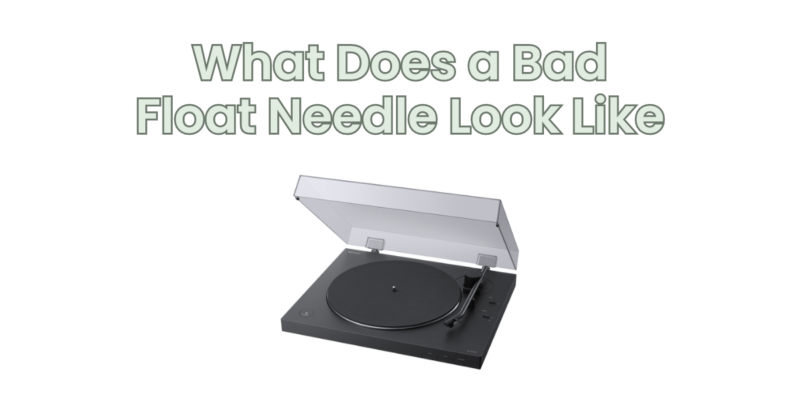The float needle is a vital component of a carburetor in internal combustion engines. Its purpose is to regulate the fuel flow into the carburetor bowl by controlling the position of the float. Over time, the float needle can wear out or become damaged, leading to fuel-related issues and poor engine performance. In this article, we will explore the signs of a bad float needle and what to look for when inspecting this crucial component.
- Fuel Leakage: One of the most common signs of a bad float needle is fuel leakage. If the float needle fails to create a proper seal or becomes worn out, it may allow fuel to continuously flow into the carburetor bowl, even when the engine is not running. This can result in fuel leakage from the carburetor or a flooded engine.
- Poor Engine Performance: A faulty float needle can lead to poor engine performance, particularly during idle or low-speed operation. If the needle is not sealing properly, the carburetor bowl may become overfilled with fuel, causing a rich fuel mixture. This can result in symptoms such as rough idling, stumbling or hesitation during acceleration, and decreased fuel efficiency.
- Fuel Smell: A noticeable fuel odor, especially around the carburetor or the engine compartment, can indicate a problem with the float needle. If fuel is leaking due to a faulty needle, you may detect the smell of gasoline in the vicinity of the carburetor or even inside the vehicle cabin.
- Difficulty Starting: A worn or malfunctioning float needle can make it difficult to start the engine, especially after the vehicle has been sitting idle for a while. This can be due to excessive fuel flooding the engine or a disrupted fuel supply caused by the faulty needle.
- Contaminated Fuel: When the float needle is not functioning properly, it can allow debris, dirt, or other contaminants to enter the carburetor bowl. This can lead to clogging of the fuel passages, resulting in engine misfires, reduced power, or even engine stalling.
When inspecting the float needle, there are several visual cues that can indicate a problem:
- Visible Wear: Examine the tip of the float needle for signs of wear or damage. Look for any visible grooves, pitting, or deformities on the needle’s surface, which can indicate excessive wear and potential sealing issues.
- Bent or Misaligned Needle: Check the alignment of the float needle in relation to the float arm. If the needle appears bent or out of alignment, it may not function properly, leading to fuel-related issues.
- Corrosion: Corrosion or rust on the float needle can impair its performance and cause fuel leakage. Inspect the needle for any signs of corrosion, particularly in areas where the needle contacts other components or comes into contact with fuel.
If you suspect a problem with the float needle based on the signs mentioned above or the visual inspection, it is advisable to have it inspected and replaced by a qualified mechanic or technician. They will be able to diagnose the issue accurately and ensure that the carburetor is functioning correctly.
In conclusion, a bad float needle in a carburetor can lead to various fuel-related issues and poor engine performance. Signs of a faulty float needle include fuel leakage, poor engine performance, fuel smell, difficulty starting, and contaminated fuel. When inspecting the float needle, look for visible wear, bent or misaligned needle, and signs of corrosion. If you notice any of these signs, it is recommended to seek professional assistance to diagnose and replace the faulty float needle, ensuring optimal engine performance and fuel efficiency.


